A medical needle is a hollow metal rod that is used to penetrate tissue to inject or remove substances.
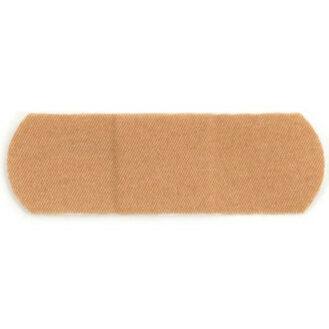
A medical needle is a hollow metal rod that is used to penetrate tissue to inject or remove substances.
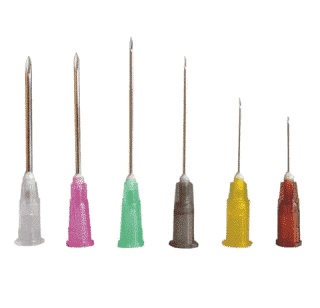
Tenko Medical hypodermic needles
There are three main types of medical needles that can be used for injections, samples and sutures.
Injection needles
There are two main injection routes: hypodermic and intravenous.
Sample needles
These needles are used for two main types of sampling:
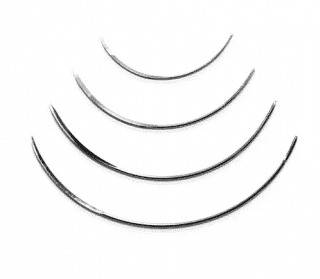
A Mopec Europe suture needle
Surgical suture needles: allow, as their name indicates, the suture of different types of tissue by means of a suture that may or may not be absorbable.
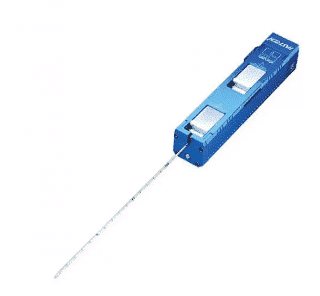
A Sterylab biopsy gun
Depending on the type of needle you are looking for, a series of criteria must be taken into account before making your choice.
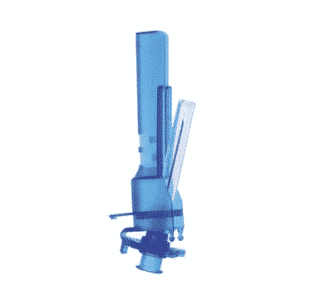
A Vogt Medical Vertrieb safety needle
Safety needles are equipped with a safety guard to prevent any risk of accidental pricking during handling. They offer active protection to the user. They can have several characteristics:
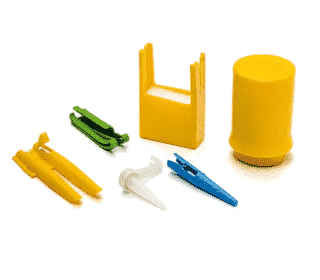
A D.R.M. medical kit for fistula needle disposal
There are several rules to follow after using a syringe, as well as different options for disposing of them. Here are the main steps to follow:



Thanks my dear